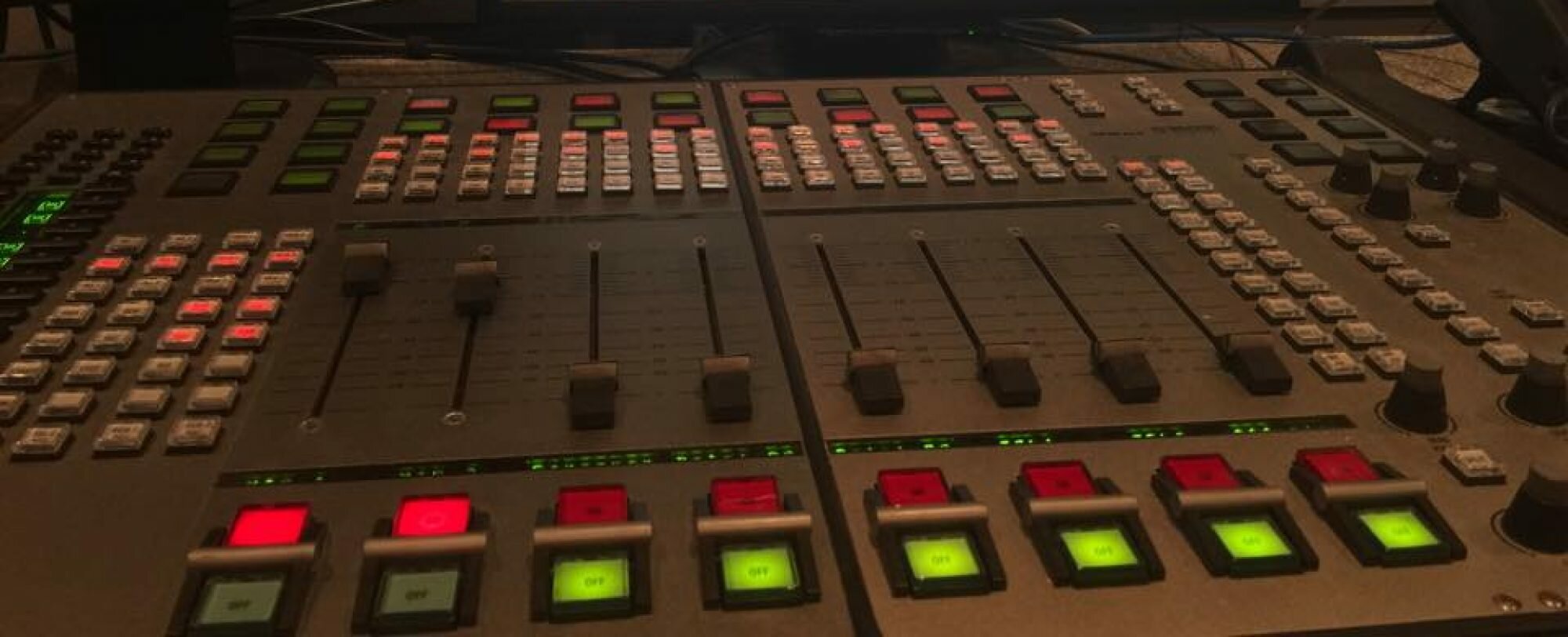
Last week was an academic overview of our series. This week we get to hear from some true locals, like duck hunter John Serigny in Larose and shrimper Charlie Robin in Yscloskey, but we begin with Mike Voisin, the CEO of Motivatit Seafoods in Houma, Louisiana. (sadly, he died in 2013 of a heart attack at the age of 59) His family has been here – and in the seafood business – since 1770, but Voisin spent his formative years in southern California so he doesn’t have that “down the bayou” accent. He’s personally been in the oyster business since 1971 when his father Ernest founded Motivatit (pronounced “motivated”) which currently employs about 75 people, including Mike’s sons, a daughter and a nephew – the eighth generation of Voisins in the seafood business. Their trademark product is identified by a gold band shrink-wrapped around a perfectly shucked oyster. You can learn more about Motivatit’s products and high pressure processing at www.theperfectoyster.com. After our interview, Voisin walked us through the plant to get an idea of what goes on there – grading, shucking, washing and freezing oysters. Here’s a video of a portion of our tour.

Our next stop was Yscloskey, Louisiana to speak with shrimper Charlie Robin. Along with 90-percent of the fleet, he gave up his all-important brown shrimp season to help BP skim and collect the oil threatening his fishing waters. Robin is a fifth-generation shrimper born and raised here. When we talked to him on July 4th, they had just discovered the first tar balls in Lake Borgne, but that day’s wind and 2-foot chop made it impossible to collect the oil. Robin was very pessimistic about this season and even next year’s shrimping season. He and many like him had just started to get back on their feet after Hurricane Katrina, then Deepwater Horizon exploded and forced him to take the shrimp nets off his boat and install bright yellow and red oil boom instead. It is worth noting that when we were in southern Louisiana conducting our interviews, the BP well was still spewing oil from the bottom of the Gulf with no end in sight.

We conclude the hour sitting around a kitchen table talking about disappearing wetlands and ducks with John Serigny in Larose, Louisiana. He’s a retired public school teacher who taught for 32 years at the local junior high school and he loves to hunt for ducks down at his camp near Grand Isle. He was also very pessimistic about the oily landscape the migrating ducks might find around the marshes this fall and winter. Serigny has been hunting at his family’s camp since he was a sophomore in high school and says a lot of wetlands have become open water since 1964. Serigny has kept detailed records and log books at the camp going back several decades and says they’d often kill 300 ducks a season in the mid 1970s. These days one duck qualifies as a very successful day. Here’s a video of John Serigny demonstrating a duck call for us.


Click here to see more pictures from our latest trip to southern Louisiana
Next week we’ll talk with biologists intent on saving the wildlife. First we drive as far down the Mississippi River as our rental car can take us to chat with Emily Guidry Schatzel at the Venice Marina. Then we sit down with wildlife biologists Todd Baker and Sharon Taylor at BP’s heavily secured facility outside of Houma. Then a tour of the Bird Rehabilitation Center in Ft. Jackson where we see an oiled bird being cleaned and meet dozens of juvenile pelicans waiting to be relocated.

And please enjoy this bonus movie of Bob, Geoffrey and me killing time before our interview with Mike Voisin. It’s at a park along a canal, between two elevated highways in Houma, Louisiana. I am by no means an expert, but I would estimate that this prehistoric killing machine measured about 4 feet from nose to tail.
And here’s a map showing the locations where we conducted our interviews and other points of interest… including our gator sighting.
View BES in New Orleans (7/2010) in a larger map
